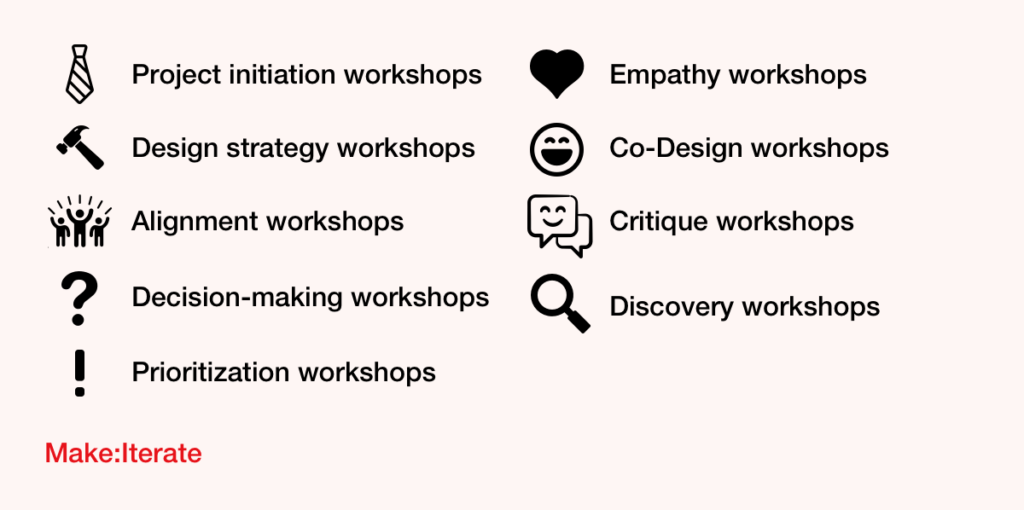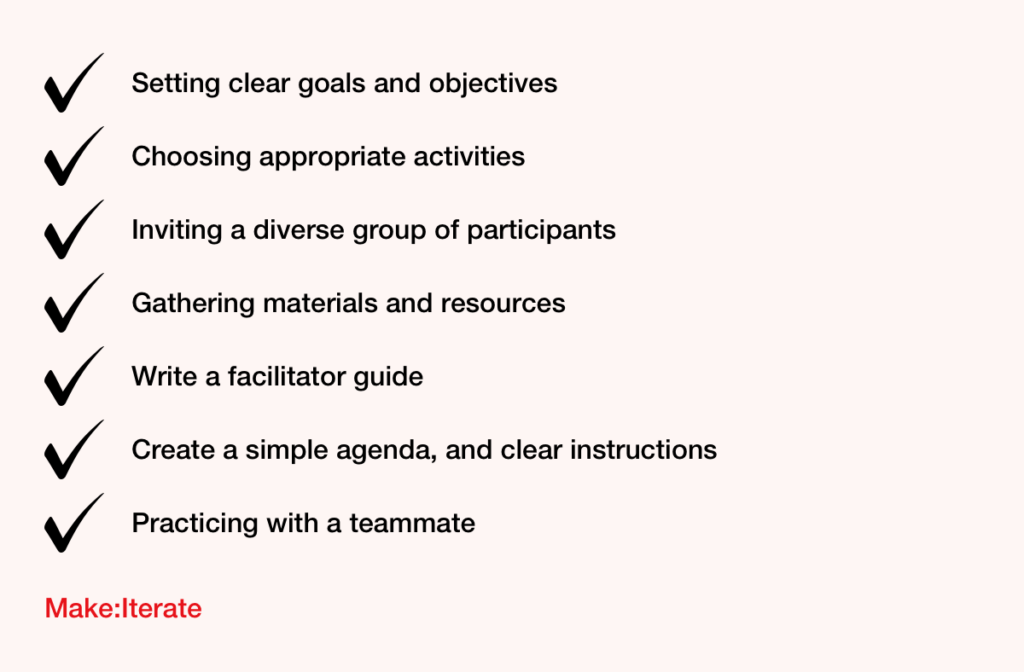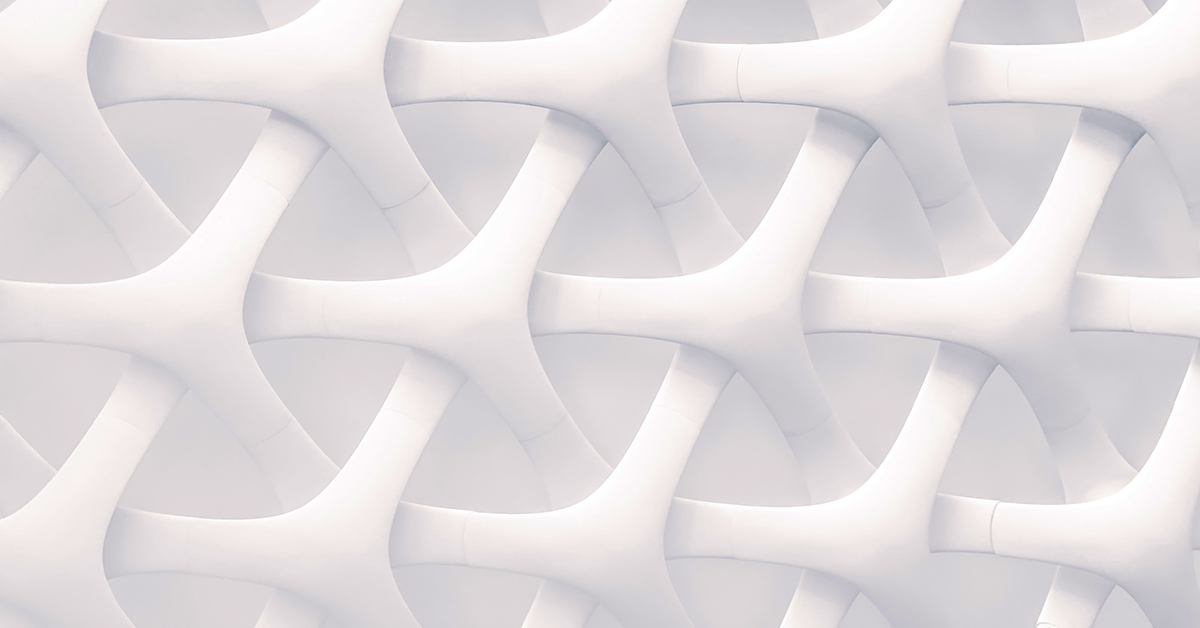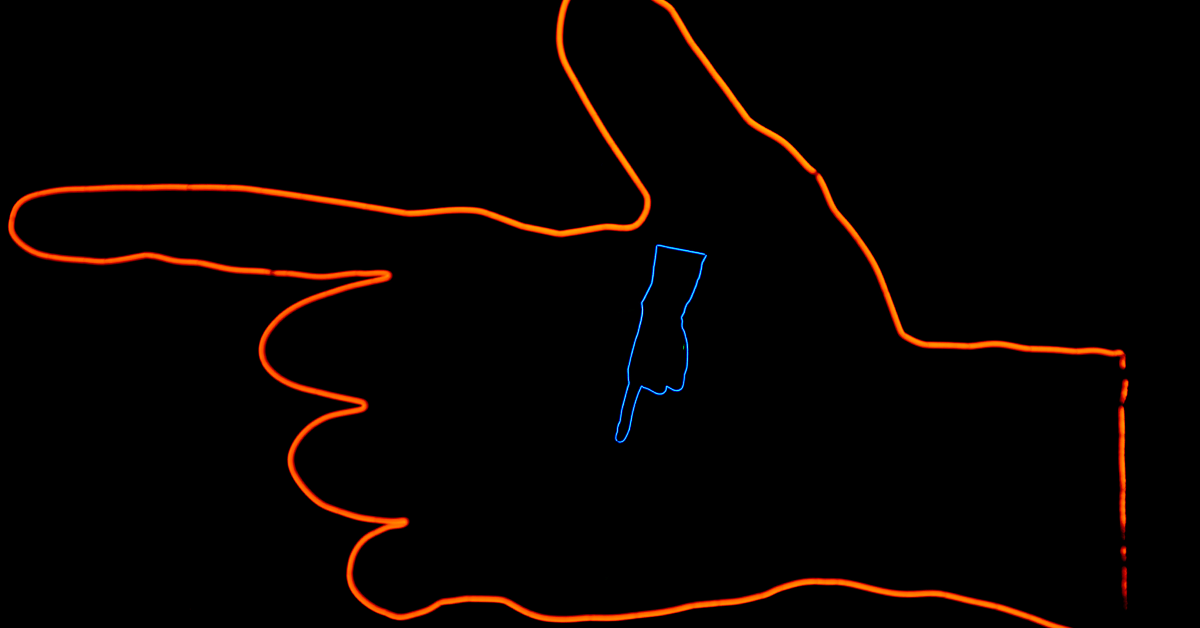A UX Design Workshop has the power to align stakeholders, solve complex problems and generate a heap of ideas.
This article will explore the different types of UX workshops and give some tips for going above and beyond in your UX design process.

9 Types of UX Design Workshops
- Project initiation workshops: Project initiation workshops are a great way to kick off a project, understand goals, deliverables, milestones, user experience, and tasks. These workshops can help teams align on the direction of the project and set the stage for success.
- Design strategy workshops: Design strategy workshops – wether UX strategy, product or business – are focused on designing, reviewing, and improving strategies. These workshops can help teams understand the competition, risks, and opportunities for a project, and make strategic decisions that align with the project’s mission, vision, and values.
- Alignment workshops: Alignment workshops are all about creating a shared vision, understanding, and direction. These workshops can be particularly useful when working with large and dispersed teams, or when there are multiple stakeholders involved in a project.
- Decision-making workshops: Decision-making workshops are a great way to ideate, discuss, evaluate, and select from a range of options. These workshops can involve brainstorming and mapping ideas to decision-making matrixes to help product development teams and designers to generate and evaluate ideas.
- Prioritization workshops: Prioritization workshops help us to decide on decision-making criteria, review and compare options, and decide on a priority. These workshops involve impact/effort analysis and user story mapping to help teams prioritize the most valuable and feasible ideas.
- Discovery workshops: Discovery workshops help us to gather requirements from users and stakeholders, as well as explore topics, review data, and capture insights and expectations from our team members. Activities used within a discovery workshop include reviewing data, brainstorming, and discussing ideas and questions.
- Empathy workshops: An empathy workshop – usually ran by the UX team – is designed to create a shared understanding amongst the team of user needs, who the users are, and the user experience. Typical activities would include reviewing user research, usability testing, user journey mapping and creating UX artifacts like a user persona, empathy map, and customer journey map.
- Co-Design workshops: Co-design workshops involve gathering a diverse group of people with a range of skills and experience to help solve problems and design solutions. Particularly useful in lean UX processes as they help the product designer or UX designer to get lots of feedback and expertise quickly. These workshops can be an effective way to tap into the collective expertise and creativity of a product design team.
- Critique workshops: During critique or feedback sessions, we invite teammates, stakeholders, and users to evaluate and provide feedback on designs, UX writing, UX research, and ideas. During these workshops, we would conduct design reviews, and heuristic evaluations and simply ask people for feedback. It’s important to encourage open debate, discussion, and critique.

Planning a UX Design Workshop (Remote or In-Person)
Effective UX workshop planning involves a few key steps:
1. Setting clear goals and objectives
Having a clear idea of what you want to achieve with the workshop is important, as this will help you focus your activities and tasks.
2. Choosing appropriate activities
Keep activities simple and easy to follow. Workshops typically include activities to help you gather and evaluate information, prioritize focus areas, then generate and select ideas.
3. Inviting a diverse group of participants
Having a diverse group of people in the workshop means a range of perspectives and experiences are represented – encouraging creativity and better problem-solving.
4. Gathering materials and resources
As well as preparing workshop boards, templates, and activities. It’s also useful to gather any insights, supporting UX research, or context that might be needed during the session.
5. Write a facilitator guide
By writing down the agenda, the time each activity takes, and the instructions you’ll give at different stages, you can create a useful facilitator guide to reference throughout the workshop.
6. Create a simple agenda, and clear instructions
It’s important that participants are immersed in the tasks and that they feel confident contributing. A well thought out agenda and clear, concise instructions will keep people focused.
6. Practicing with a teammate
It’s always a good idea to run through the agenda with a teammate. Make sure the activities flow smoothly and that they understand the instructions. Use their feedback to iron out the kinks.
Facilitating a UX Design Workshop
The goal of a UX workshop is to create a productive and inclusive environment where attendees can share their ideas and perspectives.
- Start with an icebreaker: An icebreaker can help attendees get to know each other and feel more comfortable participating in the workshop.
- Introduce the workshop agenda: Make sure to clearly outline the goals and objectives of the UX workshop, as well as the activities and techniques that’ll be used. This can help set the stage for a productive session.
- Encourage participation: Encourage attendees to participate and share their ideas and perspectives. This can help create a more inclusive and collaborative atmosphere.
- Keep track of time: Make sure to keep the workshop on track and on schedule. This may involve setting time limits for activities and reminding attendees to stay focused.
- Facilitate group discussions: As a facilitator, it’s important to encourage open and respectful discussions and make sure everyone gets a chance to speak.
- Take breaks: It’s important to take breaks throughout the workshop to allow attendees to rest and refocus. These breaks will recharge everyones creative energies and help people focus throughout the session.
- Summarize key takeaways: At the end of the workshop, summarize the key takeaways and action items, and follow up with attendees to ensure that these items are addressed.
3 Ideas to Increase Engagement and Creativity in UX Design Workshops
The Value of Diversity
Diversity is the bedrock of creative thinking. It gives us new dots to connect and pathways to tread. It also helps us check our biases and make decisions with multiple perspectives taken into account.
Diversity helps us think creatively and check our biases.
When planning your workshop, experiment with different mixes of people and combinations of personality types and backgrounds. Over time you’ll get a feel for the winning combinations and which ones to avoid.
Promoting Collaboration and Co-Design
Collaboration and co-design can help us to creatively build on ideas and generate new directions. Each idea contributed by a team member has the potential to act as the tinder that sparks a valuable contribution.
You’ve probably heard about the concept of flow. It’s usually applied to the productivity of an individual. When a whole team gets into flow together, amazing things can happen, and monumental progress can be made in a short amount of time.
Gamifying UX Design Workshops
Games are a good way to make workshops fun, set goals, and encourage some healthy competition. They aren’t appropriate for all workshops, so consider your goals and audience, but here are a few ways to gamify your UX workshops.
Games can be used to make workshops more fun and productive.
Use games as ice breakers and team building to encourage bonding at the start of the session or incorporate points and rewards into your activities. For example, for every piece of feedback you give and idea you generate, you get a point.
UX Workshop Outputs and Deliverables
To get the most out of your workshop, it’s good to have a clear idea of what you want to achieve before you begin.
This means setting specific goals and objectives, such as coming up with new ideas for a product or developing a plan for improving a business or design process.
In order to achieve goals, it is important to set objectives and make sure the team understands what they are working towards.
Once you clearly understand what you want to achieve, make sure the team understands what they’re working towards as well. Share your goals and objectives with the team, and explain how the activities that you’ve planned will help you reach those goals.
Many different types of deliverables can come out of a workshop, depending on your goals and objectives.
Some common workshop deliverables might include:
- A report or summary of the key decisions, ideas, and actions that came out of the workshop.
- A set of prototypes or mockups that illustrate the user experience, new ideas or designs.
- A plan or roadmap outlining steps for implementing the ideas or actions developed during the workshop.
- A set of user personas or user stories that help to define the target audience for a product or service.
By focusing on specific goals and objectives and working to create deliverables that will help you reach those goals, you can help ensure that your workshop is productive and successful.
Following Up After a UX Design Workshop
After a workshop, it’s a good idea to take some time to think about the decisions, ideas, and actions that came out of the session.
One way to do this is to summarize everything into a report you can share with the team. This report should include any key actions or decisions you made during the workshop and any other outcomes.
After a workshop, it’s important to take some time to think about the decisions and actions that came out of the session, in order to follow through on them and improve for next time.
To make sure that the work from the workshop has a lasting impact, it’s crucial to follow through on the key actions and decisions. This means creating a plan for how to move forward with new ideas or initiatives and setting up processes for tracking progress on specific actions.
It’s also a good idea to gather feedback and learn from the workshop process to improve. Ask attendees for their thoughts on the workshop, and reflect on what went well and what could be improved in future workshops.
7 Expert Tips for Better UX Design Workshops
- Keep workshop participants engaged and encourage collaboration through interactive activities and exercises.
- Foster a respectful and inclusive environment by setting ground rules for communication and participation.
- Enhance discussion and idea generation with virtual breakout sessions.
- Encourage creative problem solving using design thinking techniques such as brainstorming and prototyping.
- Facilitate a remote workshop effectively with online tools like a collaborative virtual whiteboard and voting system.
- Set clear goals and objectives for the workshop, and create a structured agenda to keep things focused.
- Continuously improve the workshop process by gathering feedback from participants.
Key Takeaways
- It’s important to have clear goals and objectives for your workshop, as this will help you focus your activities.
- Choose appropriate activities that are simple and easy to follow, keeping the workshop on track and on schedule.
- Invite a diverse group of workshop participants to encourage creativity and better problem-solving.
- Gather materials and resources ahead of time, including a facilitator guide with the agenda and instructions.
- Prepare your activities in a physical room or remote UX workshop tools like Miro or FigJam.
- Practice running through the agenda with a teammate before facilitating the workshop.
- Encourage collaboration among attendees by promoting an inclusive environment throughout the session


